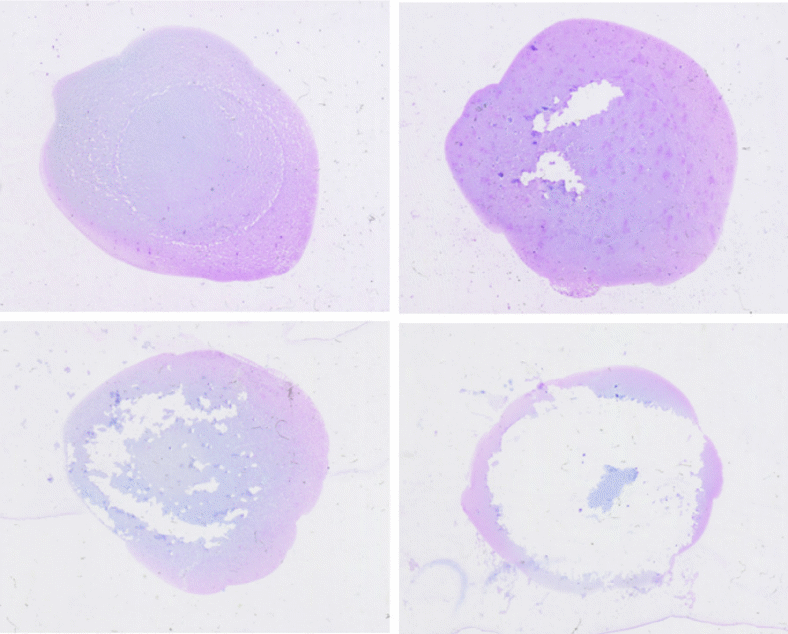Available literature demonstrates that malaria is a foremost public concern and a major cause of morbidity and mortality in the world’s most under-developed nations and some regions in developed nations (Ayele, Zewotir, & Mwambi, 2014). The occurrence of malaria, according to these authors, is related to deprived socioeconomic circumstances as the disease inexplicably affects underprivileged individuals who cannot afford treatment or who have constrained access to health care services. The present paper discusses the incubation period and diagnosis of the disease.
The malaria incubation period, according to Brasil et al (2011), is described “as the time elapsed between exposure to the infectious agent (through the bite of the Anopheles mosquito) and the manifestation of the first clinical sign or symptom” (p. 123). These periods generally differ depending on the species of Plasmodium causing malaria, with available information demonstrating that shorter periods of nine to14 days are observed for infections by P. falciparum, 12 to 17 days for infections by P. vivax, and longer periods of 18 to 40 days for infections by P. malariae (Brasil et al., 2011; Cowan, 2011). It is important to note that antimalarial medicines usually taken for prophylaxis by travelers and visitors to malaria prone regions have the capacity to delay the onset of malaria symptoms by weeks or months, particularly in a scenario where the Plasmodium causing malaria (e.g., P. vivax, P. ovale) generates latent liver stage parasites that may become active and trigger the disease long after the infective bite by the Anopheles mosquito (Centers for Disease Control and Prevention, 2010).
As indicated in the literature, “effective malaria diagnosis is important first for the obvious reason that it is necessary to identify cases to treat patients effectively, but also to limit treatment to patients who have malaria and not other febrile illnesses” (Wilson, 2013 p. 805). The standard technique for malaria diagnosis in most countries across the world remains the assessment of thick and thin blood films under microscopy for possible demonstration of malaria causing parasites in the blood, as shown in figure 1 (Norgan et al., 2013). In simple terms, this technique entails the employment of light microscopy to scrutinize or assess stained tangential blood smears placed on thick and thin films in normal laboratory settings. This diagnostic technique has found wide usage in most health care settings due to its low cost, availability and relative sensitivity, though critics have persisted in labeling the technique as too laborious and technically challenging.

Available documentation reveals that additional laboratory findings for malaria diagnosis “may include mild anemia, mild decrease in blood platelets (thrombocytopenia), elevation of bilirubin, and elevation of aminotransferases” (Centers for Disease Control and Prevention, 2010 para. 12). Other conventional methods of diagnosing malaria include histopathologic diagnosis (not a first-line diagnostic technique for malaria due to insensitivity to detect parasites), empirical/syndrome diagnosis (made on the basis of clinical history, signs, and/or symptoms in endemic regions), nucleic acid amplification tests (not available commercially), and malaria rapid diagnostic tests (used in detecting malaria-specific protein antigens or enzymes) (Cowan, 2011; Wilson, 2013).
Overall, this paper has demonstrated that the malaria incubation period ranges from a few days to several weeks or months based on the Plasmodium causing malaria. It has also been demonstrated that there are multiple ways to diagnose malaria, though the gold standard for diagnosis in many parts of the world remains the assessment of thick and thin blood films under light microscopy.
References
Ayele, D.G., Zewotir, T.T., & Mwambi, H.G. (2014). Semiparametric models for malaria rapid diagnosis test result. BMC Public Health, 14(1), 1-20.
Brasil, P., de Pina Costa, A., Pedro, R.S., da Silveira Bressan, C., da Silva, S., Tauil, P.L., & Daniel-Ribeiro, T. (2011). Unexpectedly long incubation period of Plasmodium vivax malaria, in the absence of chemoprophylaxis, in patients diagnosed outside the transmission area in Brazil. Malaria Journal, 10(1), 122-126.
Centers for Disease Control and Prevention. (2010). Malaria. Web.
Cowan, M.K. (2011). Microbiology: A systems approach (3rd ed.). New York, NY: McGraw-Hill Science/Engineering/Math.
Norgan, A.P., Arguello, H.E., Sloan, L.M., Fernholz, E.C., & Pritt, B.S. (2013). A method for reducing the sloughing of thick blood films for malaria diagnosis. Malaria Journal, 12(1), 1-5.
Wilson, M.L. (2013). Laboratory diagnosis of malaria. Archives of Pathology & Laboratory Medicine, 137(6), 805-811.